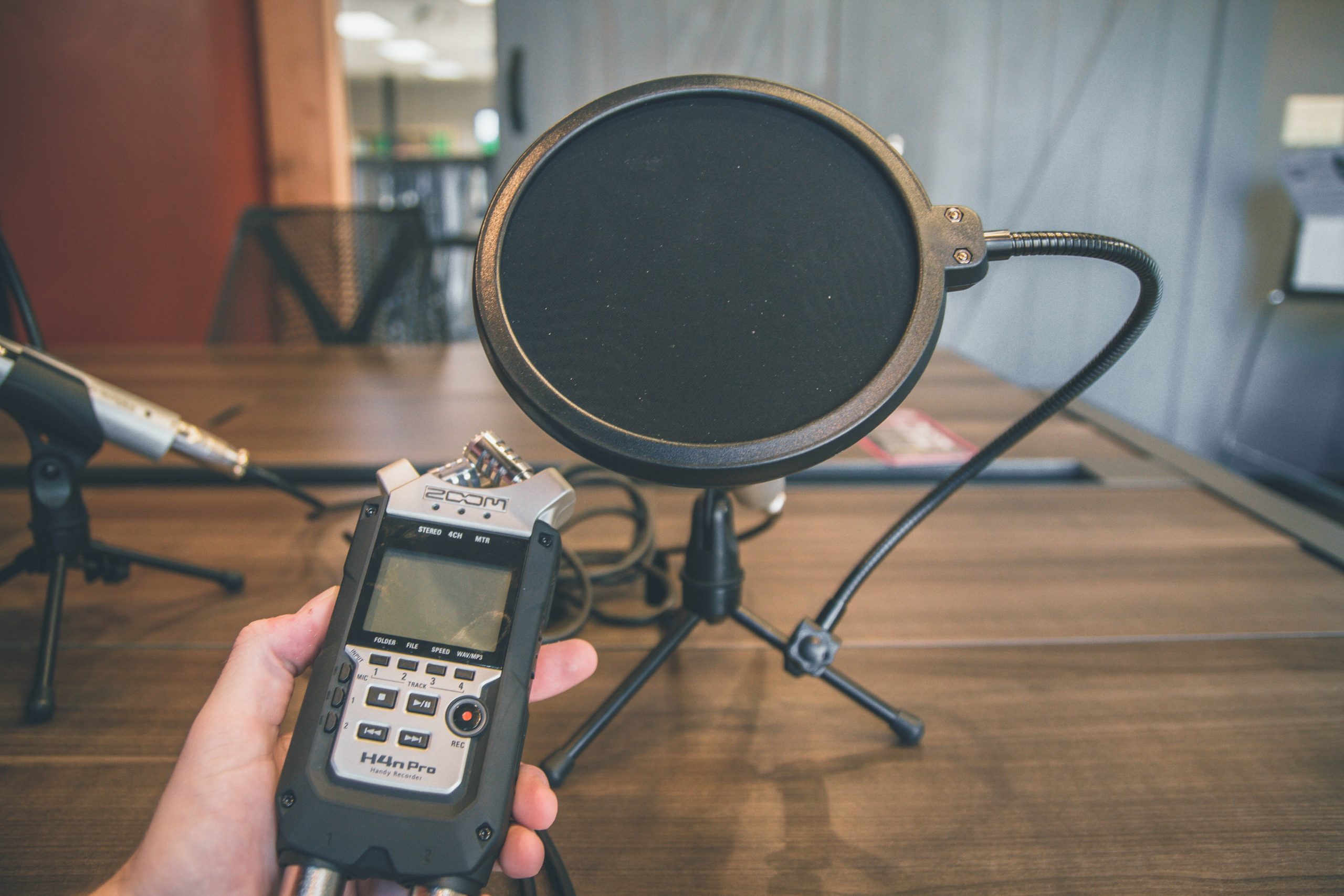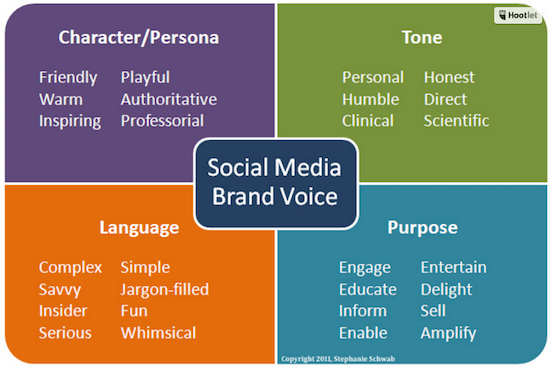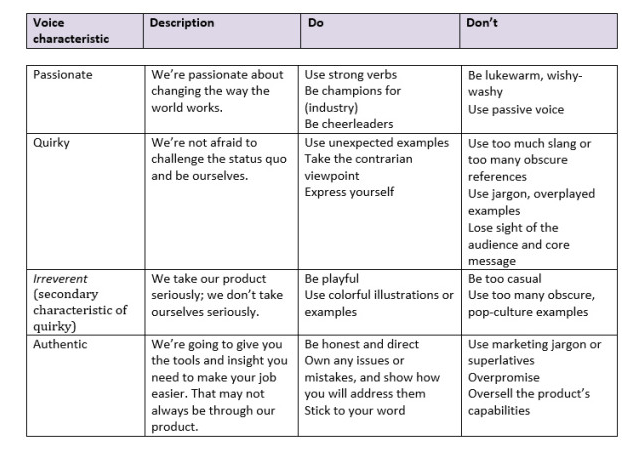“Having a strong voice is all about being a person that people can feel on the other side of the words.”– Whitney Ryan
Is a brand still recognizable if we remove its logo? This question leads to one big generalized idea that a logo is everything needed for brand recognition. However, this is not true, it may be an essential component, but without melodies and audio, you cannot recognize the brand without seeing it. For Example, if you close your eyes and listen to a lion’s roar, you likely recall the MGM logo. That is how brand recognition should work.

When the movie first came out, people sat in theatres to watch silent movies. Still, the auditoriums were never completely quiet because a pianist accompanied the moving pictures, attempting to capture every sentimentality as the plot developed. Our emotional circuit is hard-wired with sound. Voice/tone is everything, from serving as a stepping-stone to creating a mood to serving as a defining factor in the degree of likeability, dependability, and even attractiveness.
With the development of visual channels, the sound started to convey emotions, information, and everything else at the backend of the visual. Thus, what was formally called Sonic Branding or the “Age of Alexa,” has returned to prominence.
Let’s discuss the new Sonic branding era in this article, why it’s so important, and why brands should use it.
1. Sonic Branding
Sonic branding is the deliberate use of music or audio to strengthen brand recognition in users’ minds and enhance the user experience. Sound is an important factor in promoting buying habits because it is emotionally direct, a position still relatively undiscovered by originators worldwide.
Film and television are two fields that have excelled in this arena. Sonic logos have become an essential component of the film, from the triumphant horns of 20th Century Fox’s hymn to the melodic music of Dharma Productions to Lion’s roar of Metro-Goldwyn-Mayer.
Some businesses have dominated the market over the generations by using music or audio in their creative branding, such as McDonald’s with its catchy “I’m lovin’ it” jingle, LG with its light-hearted melody, and Nokia with its recognizable ringtone.
Beyond jingles and chimes, sonic or audio branding requires developing a comprehensive auditory language for the business that is built on the brand’s essence, values, commitment, and character. Since everyone can easily understand music, it is expressed across all touchpoints, including websites, applications, trade events, TV and retail etc.
2. Importance of Sonic Branding
Compared to visual expressiveness, the sound gets more recognition as the most potent medium. Listening entails absorbing auditory information, which our brain filters, focuses, remembers, and responds to.
Hence, the right sound and music combination can increase consumer awareness of the brand’s values. When it comes to expressing a brand, the sound is important.
Never undervalue the power of sound since it influences a band’s choice to sell its music. Because sound is encoded in our brains, it can elevate our mood. Hence, the appropriate use of sounds can effectively define a brand’s distinctive personality by emanating and harnessing feelings like enjoyment, trust, and nostalgia.
3. How to define the sound of your brand?
Whether working on developing a brand identity or anticipating rebranding, it is essential to comprehend the intellectual and psychological story between the brand and its clients. Sound is an adhesive that binds various products, services, and content. In the end, branding serves to set you apart from competitors.
A brand voice, often confused with tone and attitude, is a statement of the company’s mission, whereas the tone is how that mission is carried out. A brand has just one voice but has numerous tones that contribute to its definition. Thus, a voice consists of the personality, tone, language, and goal, which help define the brand.

How to make a sonic branding strategy?
Paying attention to culture, listening to conversations, and engaging with the local population is important to create an effective sound branding strategy.
Culture
Does the culture of the company reflect the ideals it upholds? Your organization’s mission, vision, and purpose make a culture stand out. Hence, the brand uses culture in its sound branding strategy.
Community
The group of individuals that the brand specifically targets is called the community. Jot down what the public says well about the brand and how they interpret and express it to develop an effective sonic strategy. It will enable you to speak the locals’ language and engage them in conversation.
Conversation
Conversation refers to the content you publish to acknowledge the common beliefs, demographics, geographic location, interests, and topics that are significant to your community.

Through brand interactions, a sonic advertising strategy is primarily tested. The information provided for interactions is engaging if the dialogue is strong and effective enough. Pay attention to how you connect with the brand and its sound the next time users binge-watch Netflix, pop open a Coke, or use Google Pay to make a purchase. What kind of language, tone, and degree of seriousness or playfulness is acceptable? Most likely tailored to the brand’s preferences to improve the consumer experience and achieve the final objective of contentment.

Even if one does not already have a sonic identity, it is time to consider adding it. Audio technology has become increasingly pervasive with the rise of podcasts, Spotify, SoundCloud, and apps like TikTok. A unique, memorable trademark can serve as an effective branding strategy, but a strong acoustic brand fosters consistency, distinction, and familiarity across platforms, like the logo, colors, and text.
4. Work With Vowels
It’s time to contact reputable branding companies like Vowels if you want to add a sound element to your brand. Whether it is about a logo redesign, website redesign, updated message, or a total brand makeover, we are experts in brand consulting, corporate branding, and marketing. Contact us now, and let’s get started.
5. FAQs
Q. What is a sonic brand trigger?
Ans. Sound branding elicit emotional impulses and responses to let the public know how to feel.
Q. What defines sonic logos?
Ans. Sounfd+Logo typically known as “sogo” serves as a brief, unique auditory signature for branding purposes.
Q. How does one create a Sonic brand?
Ans. Here are some ideas to remember while developing your musical persona.
- Keep things basic.
- Make it stand out.
- Incorporate unique audio.
- Set your brand apart.
- Produce sound effects for applicable social media platforms.
- Take into account the sound’s context.
- Have fun without fear.
- Look beyond the radio dial.






